In the world of DIY fashion, tie-dyeing has made a triumphant return, and quick-dry athletic wear is the latest canvas for this vibrant art form. Unlike traditional cotton fabrics, quick-dry materials present unique challenges and opportunities for dye enthusiasts. The synthetic fibers in moisture-wicking shirts require specialized dyes and techniques, but the results—bold, sweat-resistant patterns that won’t fade during workouts—are worth the effort.
Before diving into the dye bath, fabric selection is crucial. While 100% polyester quick-dry shirts are common, blends with at least 15% natural fibers (like cotton or rayon) yield richer colors as synthetics resist dye absorption. For pure synthetic fabrics, disperse dyes—activated by heat—are mandatory. Procion MX dyes, a favorite for cotton, will simply rinse out of polyester fibers without bonding. The fabric’s moisture-wicking treatment can also affect outcomes; pre-washing with a dye-friendly detergent removes factory coatings that might inhibit color uptake.
The beauty of tie-dye lies in its improvisational nature, but some planning elevates quick-dry projects. Consider how the garment’s seams and panels will interact with your pattern—a raglan sleeve tee’s diagonal shoulder seam creates natural segmentation for color blocking. When binding the fabric, synthetic materials lack the malleability of cotton, so use stronger rubber bands or zip ties to maintain crisp folds. For gradient effects, steam-setting (covered later) works exceptionally well with the heat-responsive properties of quick-dry fabrics.
Unlike traditional tie-dye where fabrics soak in dye solutions, quick-dry materials often require a paste-like dye application. Mix powdered disperse dyes with a printing thickener or a small amount of acetone to create a spreadable consistency. Apply this paste generously to bound sections using squeeze bottles or brushes—the dye won’t spread through the fabric like water-based dyes, so precise placement matters. Some artisans even use syringes to inject dye between tightly bound layers for hidden patterns that reveal themselves when unfolded.
The magic happens during heat setting. While cotton tie-dye cures at room temperature, synthetic dyes require temperatures near 200°F (93°C) to open the polyester fibers. A household steamer (the type for removing wallpaper) works perfectly: suspend the dyed garment above boiling water and cover with a lid for 30-45 minutes. For those without steamers, wrapping the piece in plastic and baking it at a low oven temperature can achieve similar results—just monitor closely to prevent melting.
After cooling completely, the rinse process differs dramatically from traditional methods. Quick-dye creations must undergo a thorough cold rinse until water runs clear, followed by a specialized wash with synthrapol to remove excess dye particles. Skipping this step leads to color bleed during future washes. The final wash should use a sports detergent that won’t clog the fabric’s moisture-wicking pores.
Advanced techniques push quick-dry tie-dye beyond spiral patterns. Try ice dyeing—placing ice cubes over bound fabric and sprinkling dye powder atop them. As the ice melts, it creates organic, watercolor-like effects particularly striking on synthetic blends. Another innovative approach: use a heat gun to selectively set dye in certain areas, creating intentional fade patterns that mimic wear. Some artists even incorporate bleach discharge methods (for polyester-safe bleaches) to create light designs on dark quick-dry shirts before overdyeing.
The functionality of quick-dry fabrics adds dimension to tie-dye wearability. Unlike cotton dyes that fade with sweat and UV exposure, properly set synthetic dyes maintain vibrancy through countless gym sessions and washes. The moisture-wicking properties also cause colors to appear more saturated when damp—a dynamic effect during workouts. For outdoor enthusiasts, some disperse dyes offer UV resistance, making them ideal for hiking shirts that face constant sunlight.
Maintenance of dyed quick-dry apparel requires specific care. Always wash in cold water with like colors, and avoid fabric softeners that coat synthetic fibers. Hang drying preserves both color and the fabric’s technical properties—high heat drying can cause additional dye migration. With proper care, these pieces can outlast conventionally dyed athletic wear while maintaining their artistic flair through years of active use.
This resurgence of tie-dye intersects perfectly with the athleisure trend, allowing fitness enthusiasts to personalize performance wear. Beyond shirts, the same techniques apply to quick-dry leggings, headbands, and even shoes. As synthetic dye technology advances, the possibilities for permanent, vibrant patterns on technical fabrics continue to expand—ushering in a new era where gym wear becomes as expressive as street fashion.

By /Aug 6, 2025
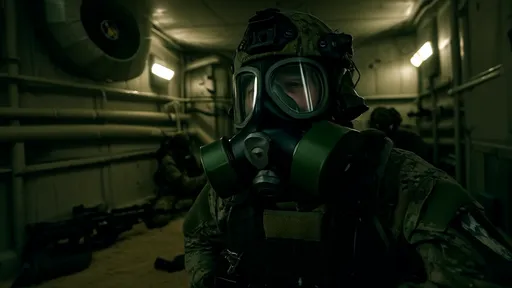
By /Aug 6, 2025
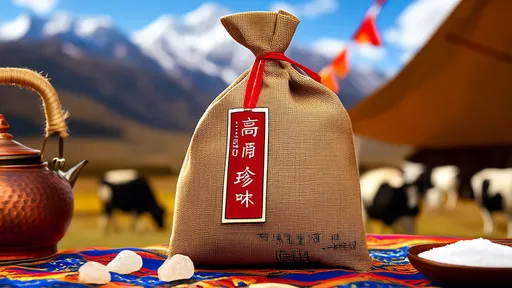
By /Aug 6, 2025
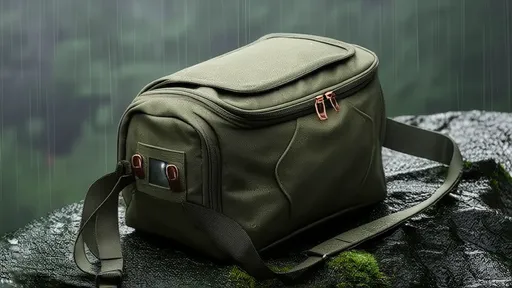
By /Aug 6, 2025

By /Aug 6, 2025
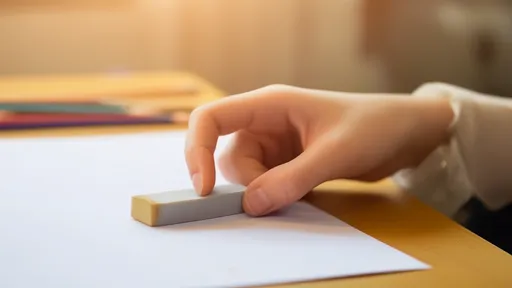
By /Aug 6, 2025

By /Aug 6, 2025

By /Aug 6, 2025
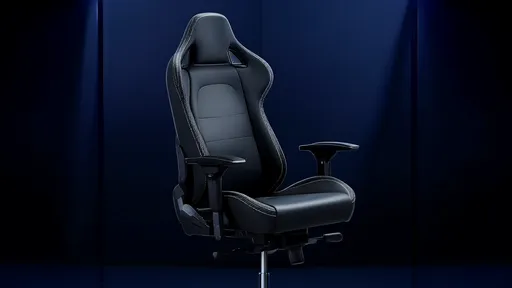
By /Aug 6, 2025

By /Aug 6, 2025
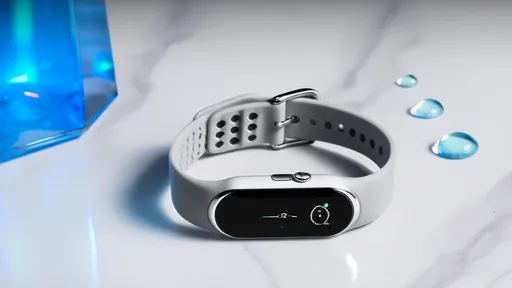
By /Aug 6, 2025
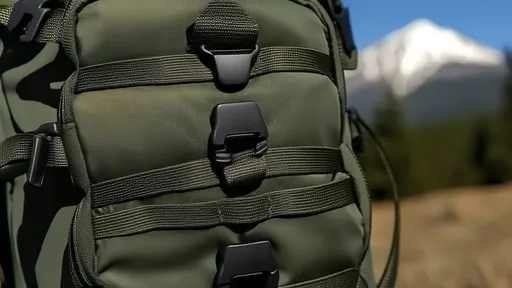
By /Aug 6, 2025
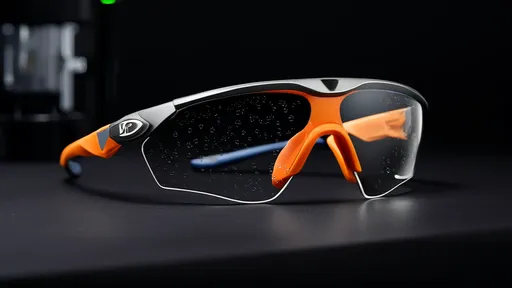
By /Aug 6, 2025
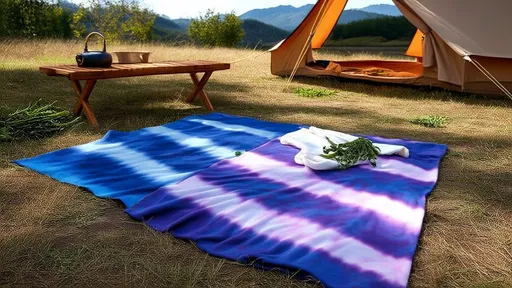
By /Aug 6, 2025
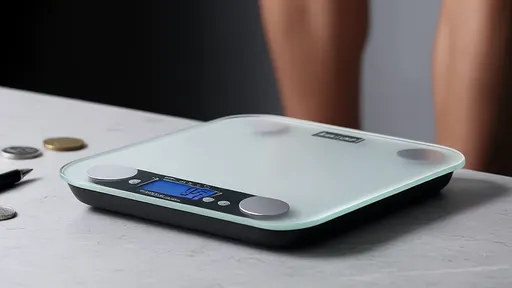
By /Aug 6, 2025
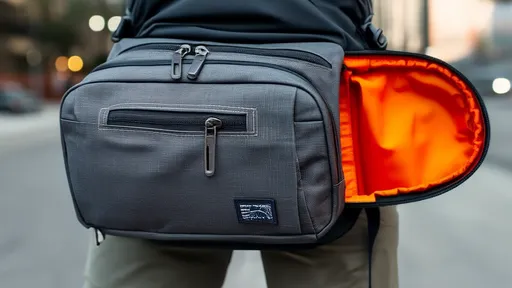
By /Aug 6, 2025
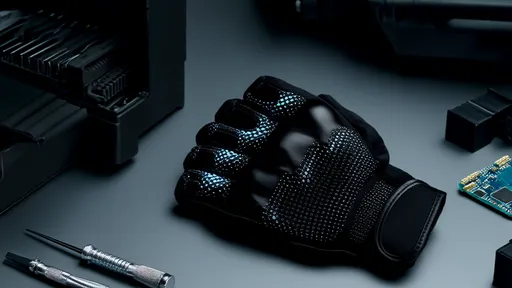
By /Aug 6, 2025
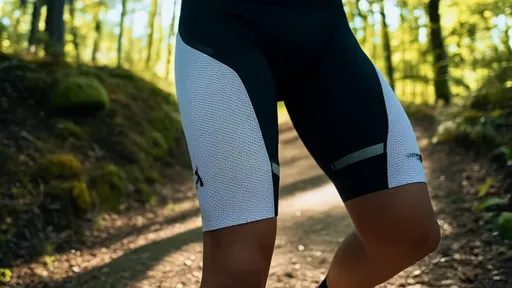
By /Aug 6, 2025
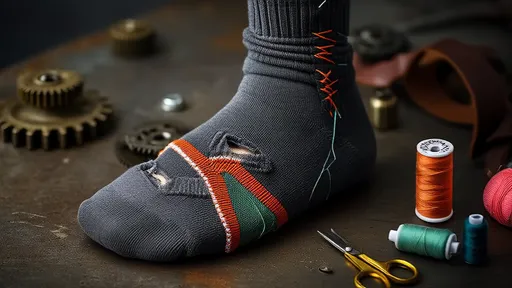
By /Aug 6, 2025
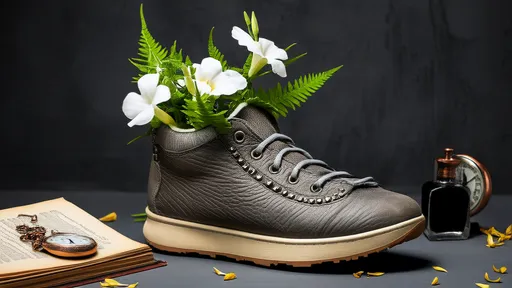
By /Aug 6, 2025